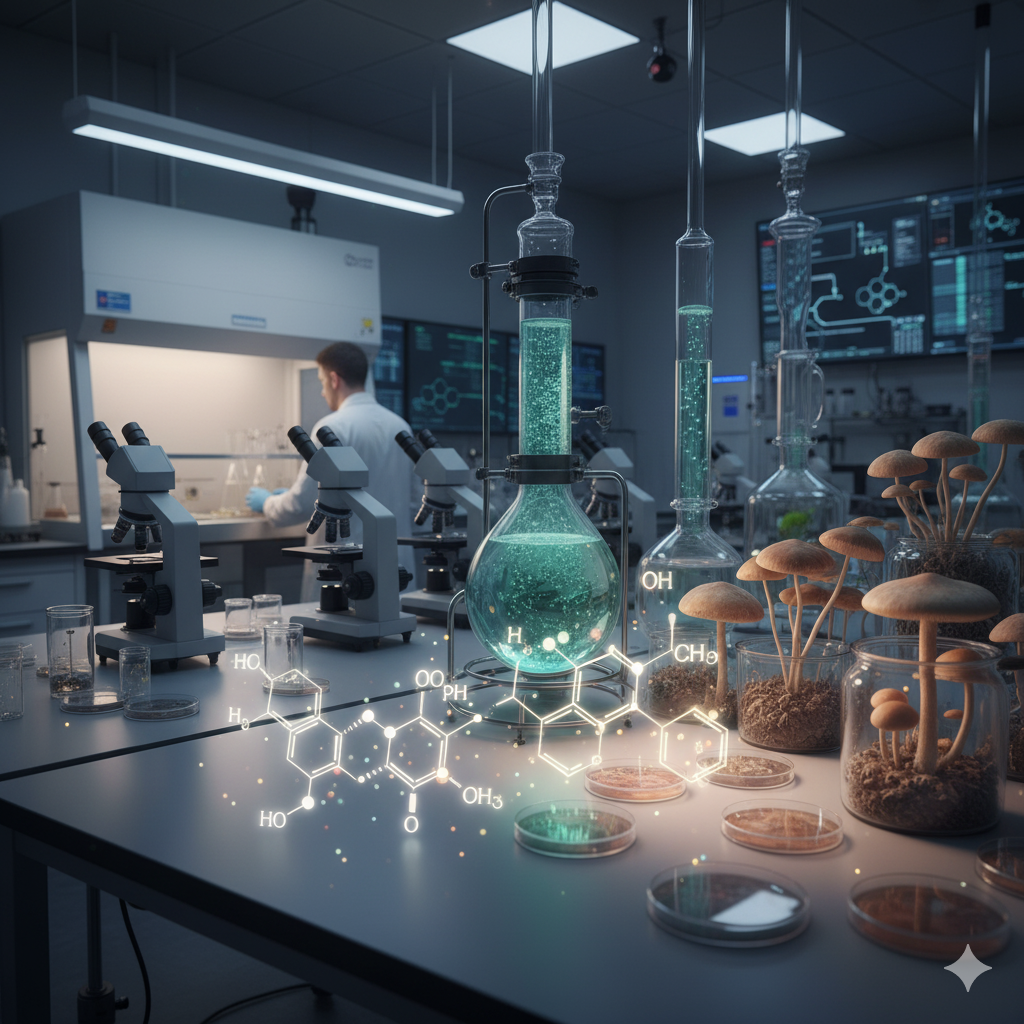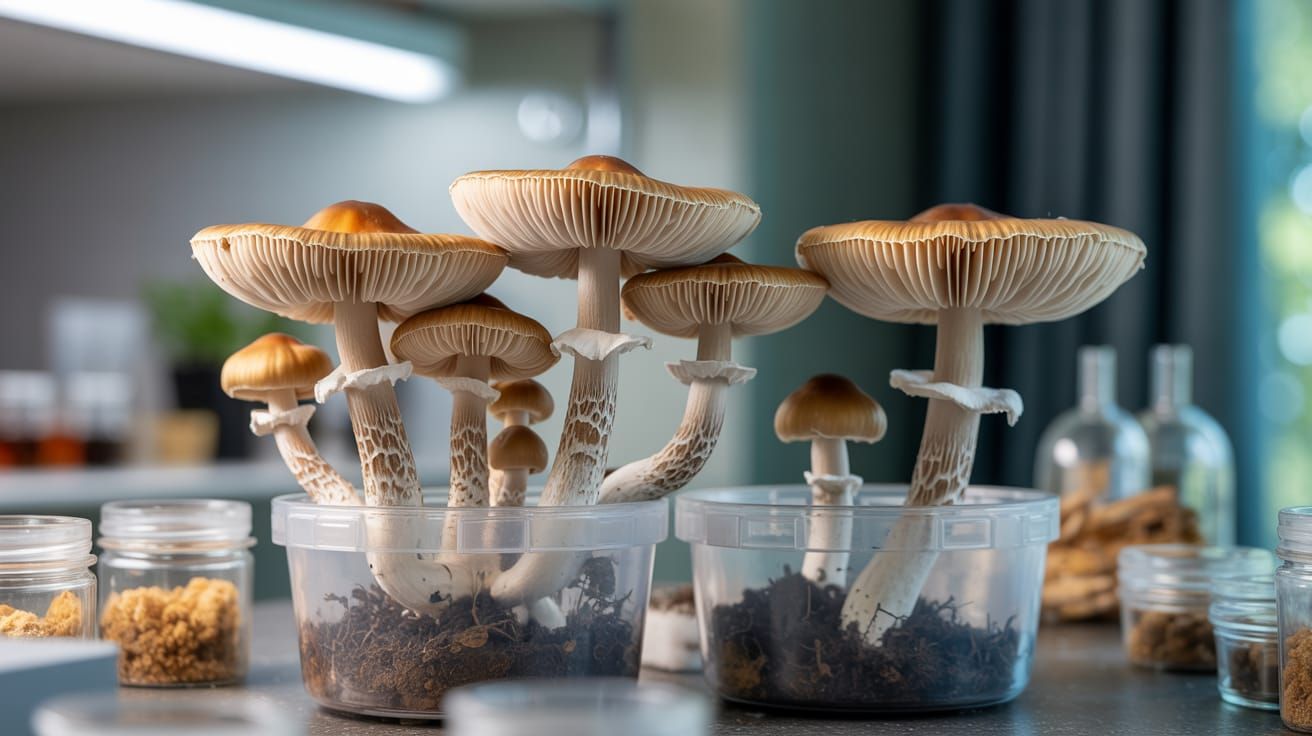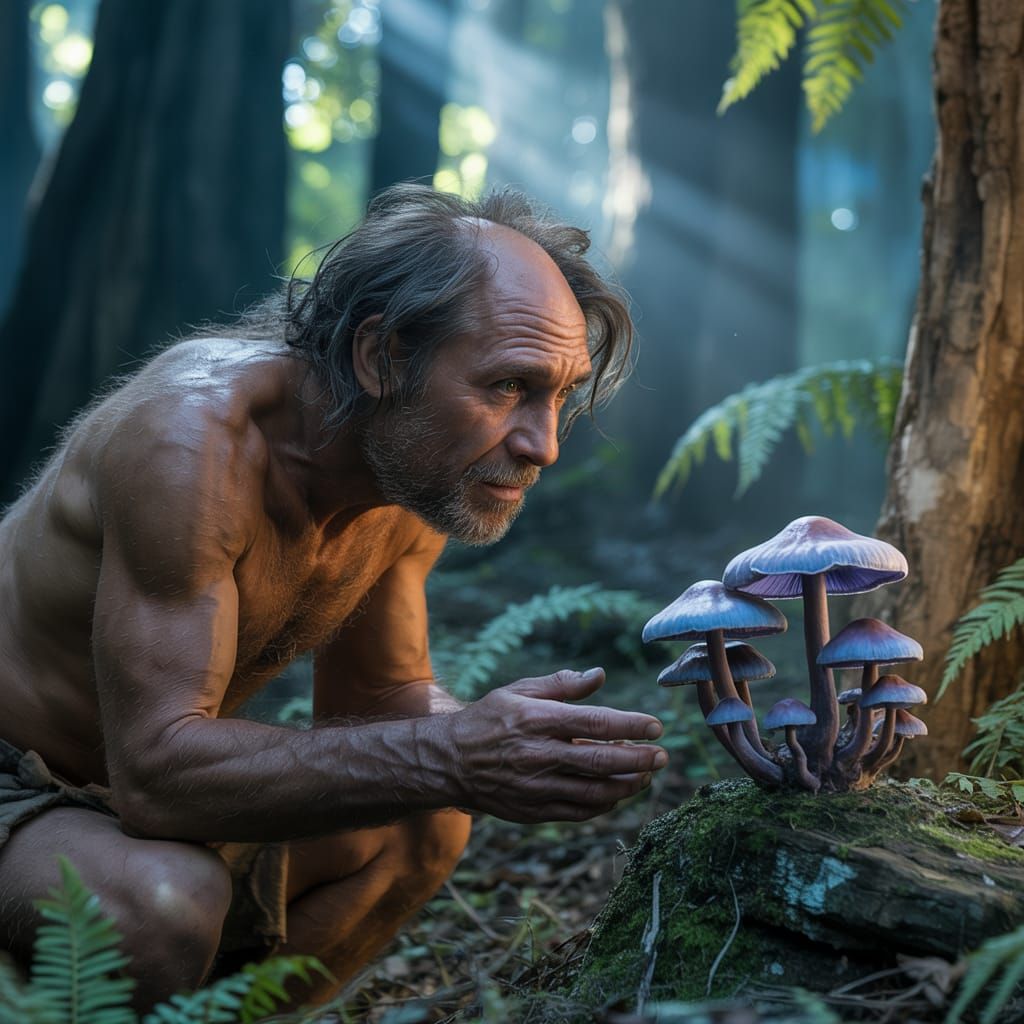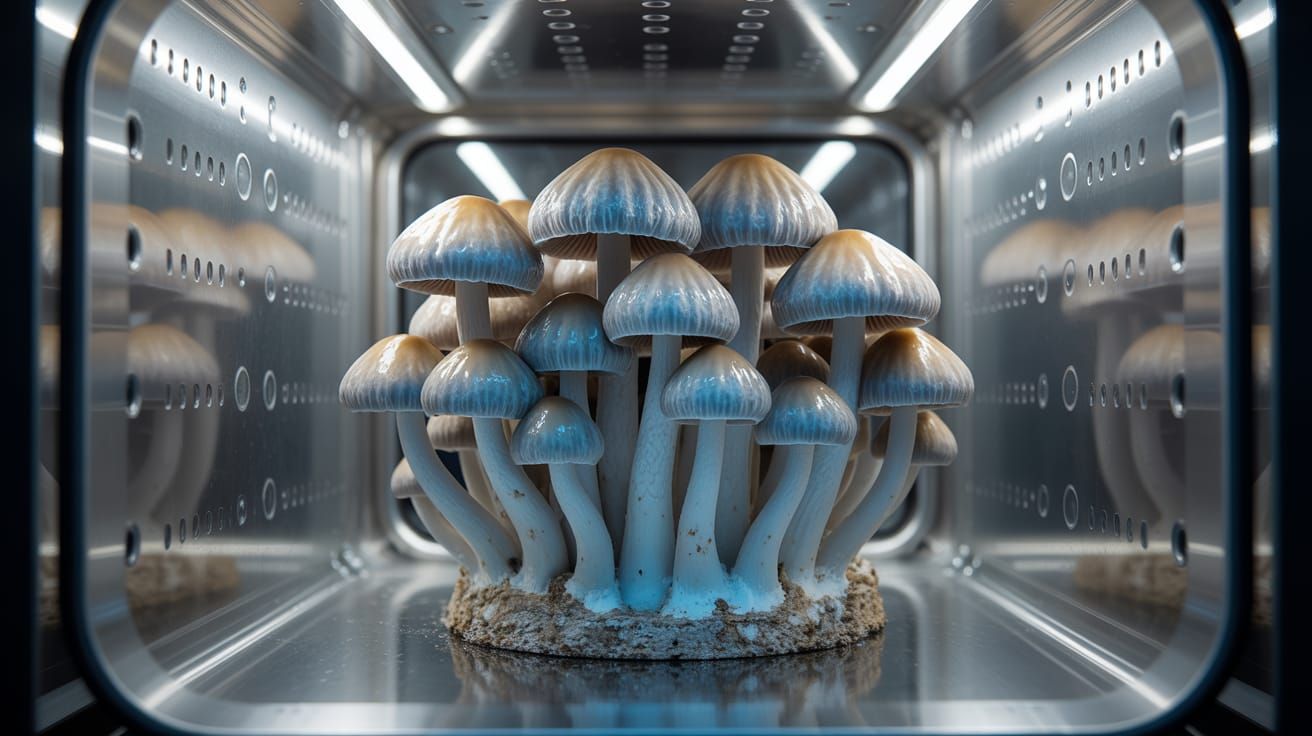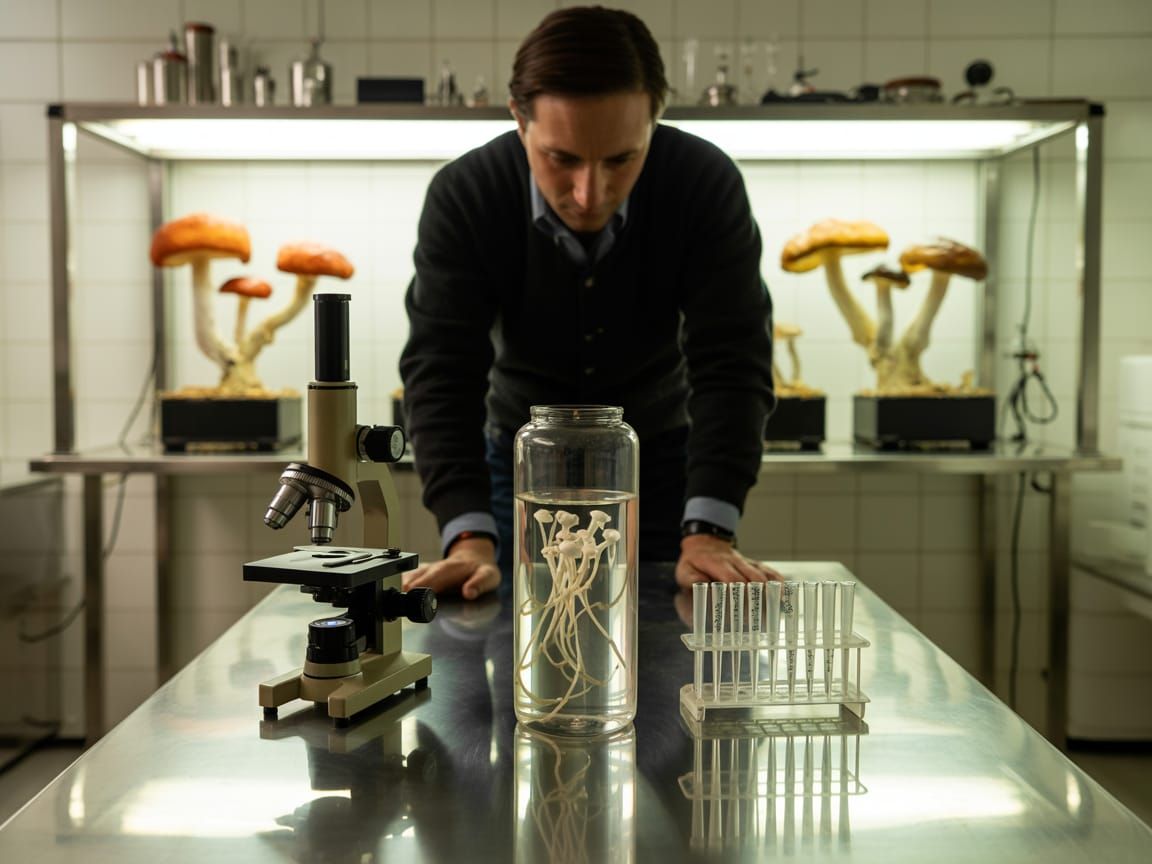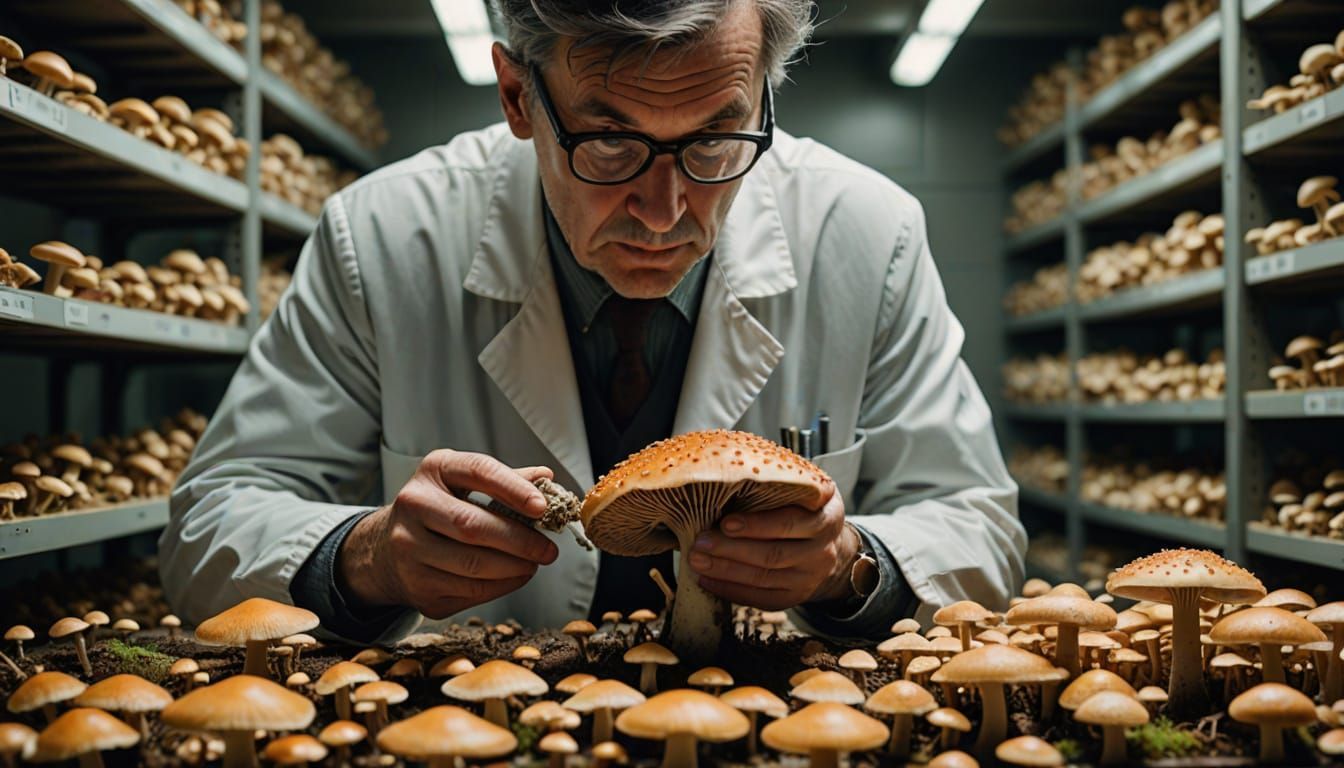Mushroom Leather: The Fungi‑Powered Fashion Revolution
Welcome to the world of mushroom leather

When you hear the word “leather,” you probably picture a sleek biker jacket, a polished pair of boots, or that trusty old sofa that has survived more movie nights than you can count. Now imagine swapping the cow‑cud for something that grew in a lab, thrives on low‑oxygen chambers, and can be coaxed into a supple, fire‑resistant material by a handful of friendly enzymes. Sounds like the plot of a sci‑fi novel? Not quite—welcome to the world of mushroom leather, the newest (and arguably most fun) chapter in eco‑fashion.
From Mycelium to Material: How It All Starts
At its heart, mushroom leather is built from mycelium—the sprawling, thread‑like network that makes up the vegetative part of a fungus. Think of it as the underground internet of the forest, except instead of data packets it transports nutrients. Researchers in Vienna discovered that if you give mycelium the right environment—a low‑oxygen chamber and a nutrient‑rich substrate (often agricultural waste)—it will grow into a dense mat in just a few days.
Once the fungal “fabric” reaches the desired thickness, scientists treat it with non‑toxic enzymes that act like microscopic stitchers, cross‑linking the fibers. The result? A material that’s stronger, more flexible, and surprisingly fire‑resistant compared to traditional animal hide. And because it’s grown, not raised, there’s no need for pastures, water‑guzzling cows, or the occasional moo‑ving tragedy.
Why This Is a Big Deal (Beyond the Cool Factor)
Benefit What It Means for You Lower carbon footprintGrowing mycelium emits far fewer greenhouse gases than raising cattle.Massive water savingsOne kilogram of mushroom leather uses a fraction of the water required for a kilogram of bovine leather.Zero animal harm Vegan fashionistas can finally say “I love leather” without the guilt.Biodegradable When the product reaches the end of its life, it breaks down naturally—no microplastic leftovers.Fire‑resistant Your jacket won’t spontaneously combust if you accidentally set off a campfire (though we don’t recommend testing that).
These perks aren’t just buzzwords; they’re concrete steps toward a circular economy where waste streams become raw materials. The substrate feeding the mycelium can be sourced from food‑industry leftovers—think corn husks, sawdust, or spent coffee grounds—turning what would be trash into a high‑value textile.
From Lab Bench to Wardrobe: Real‑World Applications
The fashion world has already taken notice. Early adopters such as Stella McCartney and Adidas have experimented with mycelium‑based fabrics for everything from runway jackets to sneaker uppers. Imagine slipping on a pair of shoes that feel as buttery smooth as traditional leather, yet were cultivated in a sterile lab instead of a barnyard.
Beyond apparel, mushroom leather is making waves in:
- Handbags & accessories – Chic, sturdy, and cruelty‑free.
- Upholstery – Sofas that look luxe but won’t outlive the planet.
- Automotive interiors – Sustainable seats that pass crash‑test fire standards (thanks, enzyme treatment!).
While the technology is still scaling, prices are expected to drop as larger bioreactors come online, bringing mushroom leather ever closer to mainstream affordability.
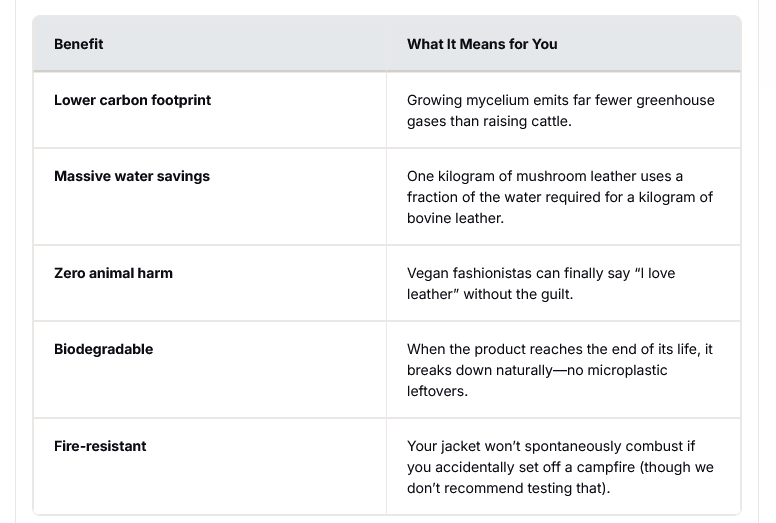
The Hurdles (Because Every Hero Has an Origin Story)
No innovation is without its challenges:
- Scaling production – Growing uniform sheets at industrial volumes requires massive, precisely controlled bioreactors.
- Consumer perception – Some shoppers might balk at “lab‑grown” leather. Storytelling and transparent certifications can help bridge that gap.
- Regulatory standards – As bio‑textiles proliferate, new certifications (e.g., Cradle‑to‑Cradle, GOTS) will ensure quality and sustainability claims are trustworthy.
But if history teaches us anything, it’s that fancy new materials eventually find their footing—just look at synthetic fibers, which went from “oddball” to “everywhere” within a generation.
How to Spot Authentic Mushroom Leather
If you’re ready to add a fungal flair to your closet, keep an eye out for:
- Third‑party certifications confirming biodegradability and non‑toxicity.
- Transparent supply chains that disclose the substrate source and enzyme treatment.
- Lab‑tested durability data (tensile strength, tear resistance, fire rating).
A quick Google search (or a peek at the brand’s sustainability page) should reveal these details. If you need help locating reputable sources, just let me know—I can point you toward the latest studies and market reports.
Caring for Your Fungal Fashion
Treat mushroom leather much like you would premium animal leather, but with a gentler touch:
- Clean with mild soap and lukewarm water—avoid harsh chemicals that could break down the natural fibers.
- Store in a cool, dry place to prevent unwanted mold growth (yes, it’s still a fungus at heart).
- Avoid prolonged exposure to direct sunlight, which can cause fading over time.
Following these simple steps will keep your mycelium masterpiece looking fresh for many seasons.
Looking Ahead: The Future Is (Fungus)ally Bright
As we reimagine the very fabric of fashion, mushroom leather proves that luxury and sustainability can coexist—and even share a laugh. Picture a world where your favorite jacket tells the story of a tiny organism that once thrived in a low‑oxygen chamber, now strutting down city streets alongside you. That’s a narrative worth wearing.
So next time someone asks, “Why not try mushroom leather?” you can answer with confidence, a dash of humor, and perhaps a wink: “Because who wouldn’t want a jacket that’s literally fungi‑tastic?”
Happy styling, and may your wardrobe stay as fresh as a newly harvested mycelial mat!



